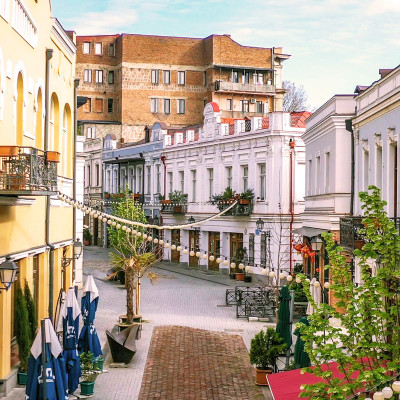
David Agmashenebeli Avenue, one of Tbilisi's oldest streets on the left bank of the river Mtkvari, hosts the bustling Marjanishvili Square. This lively area features shops, McDonald's, cafes, and residential buildings, with the central metro station Marjanishvili in the middle.
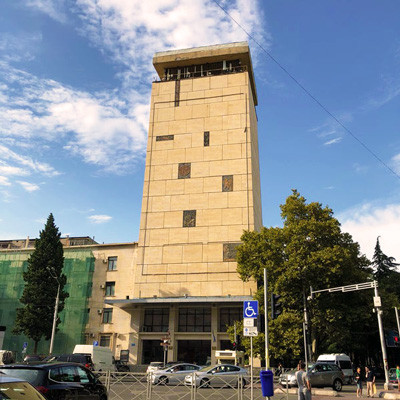
Discover the rich cultural tapestry and intriguing stories held within the National Archives of Georgia, home to over five million exhibits that include written documents, films, and audio recordings. Explore the Exhibition Pavilion for an immersive journey into Georgia's history.
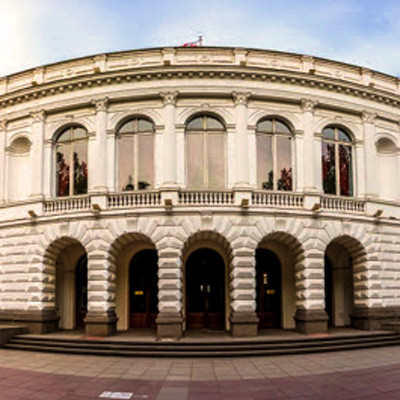
National Youth Palace of Georgia is a cultural-educational center and an important architectural monument located in Tbilisi, Rustaveli Avenue.

The former Museum of Archaeology in Tbilisi is a stunning example of 20th-century Soviet Modernist Architecture, showcasing the remarkable design talent of architects Shota Kavlashvili and Shota Bostanashvili.
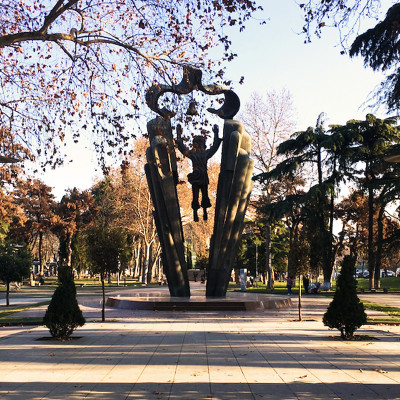
Dedaena Park is a superb recreational area situated in the heart of the capital, Tbilisi, along the right bank of the Mtkvari River, near the renowned Dry Bridge, Tbilisi public service hall and Flea Market.
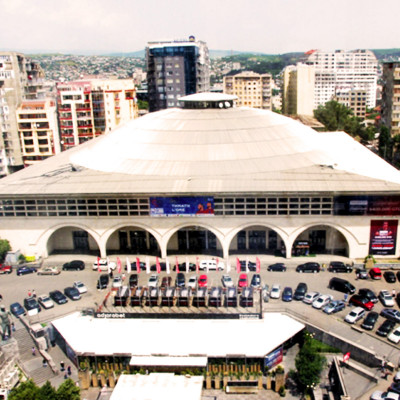
Tbilisi Sports Palace, an indoor sports arena, the former home ground for the basketball club Dinamo Tbilisi, is one of the unique examples of 20th century Soviet urban architecture
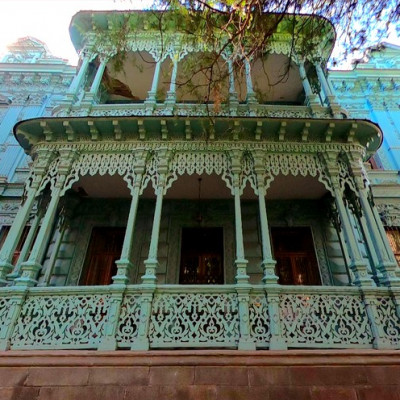
Gabashvili house, 19th-century gem at Rustaveli Avenue 54, Tbilisi, boasts a unique blend of oriental, baroque, and rococo influences in its distinctive façade and intricately carved balcony, a cultural landmark
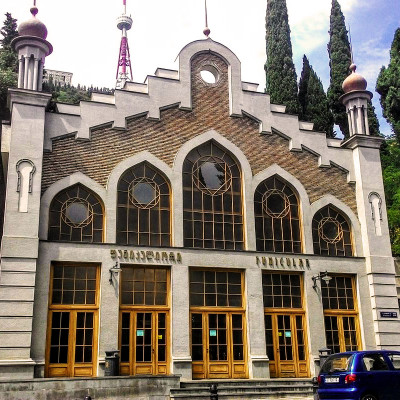
The mountain tram, or Funicular, is a cable car connecting Tbilisi with the Mamadaviti Pantheon and Mtatsminda Park. For over a century, it has stood as a memorable "living picture" of the city, offering the most famous panorama of the Georgian capital from its top point.
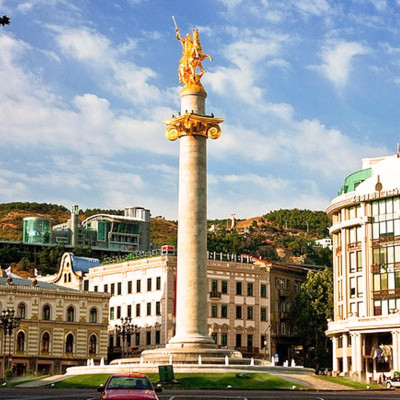
Freedom Square is one of the oldest places in Tbilisi, which witnessed numerous cultural, political, historical events and it is from where you start a journey through the capital to Georgia.
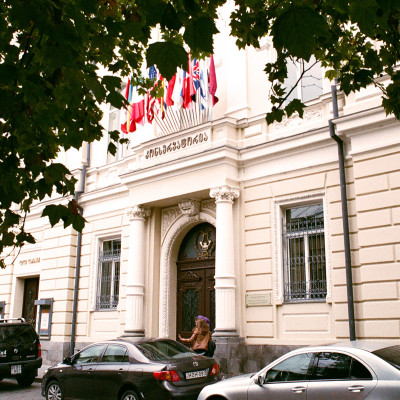
Tbilisi V. Sarajishvili Conservatoire is the only State Conservatoire of Georgia, a member of the AEC -European Association of Conservatories.
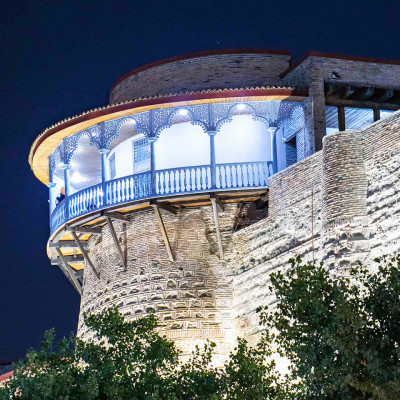
Summer residence of Georgian Queen Darejani, the Palace Sachino is one of the oldest two palaces in Tbilisi that was preserved to this day.
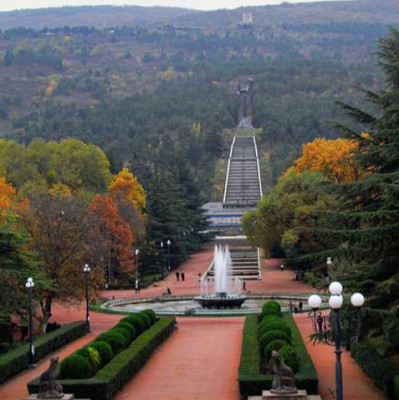
At the end of Chavchavadze Avenue, in the prestigious Vake residential area of Tbilisi, lies one of the city's most popular recreation spots - Vake Park, dedicated to the celebration of the Great Victory in WWII.

Situated within Tbilisi's storied historic district, Europe Square stands adjacent to a tapestry of iconic landmarks. Nestled beside Rike Park, Wine Ascent, the Mtkvari River Ferry station, and Metekhi Downhill, this square is a vibrant crossroads of historical significance and contemporary allure.

Gardenia Shevardnadze is a German-style garden, nursery and Little café on the way to Tbilisi Sea.

The central office of the Bank of Georgia in Tbilisi stands as a unique architectural fusion, blending elements of Russian constructivism, Soviet modernism, and British brutalism. Crafted by Georgian architects, this building has earned its status as one of the most iconic structures from the Soviet era across the former USSR.
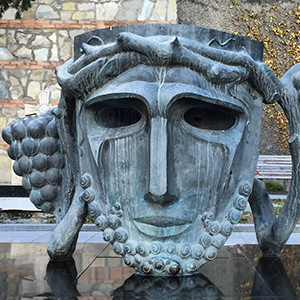
Tbilisi Mtatsminda Pantheon is a necropolis of Georgian Writers and Public Figures. It is located in the yard of St. David’s Church and on the middle level of Holy Mount Mtatsminda.
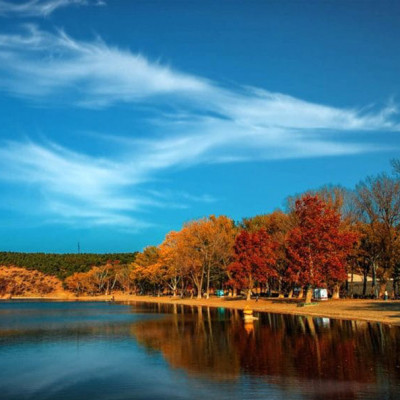
Lisi Lake area is popular recreation zone in the vicinity of Tbilisi, Kura River valley, just few minutes’ drive from the city center.
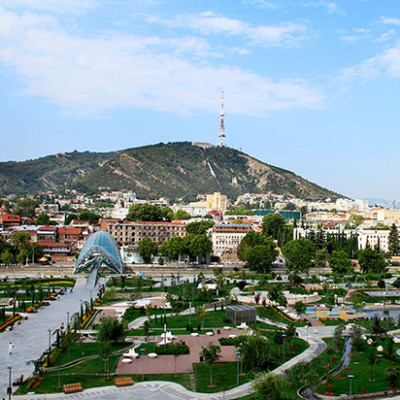
The recreational area of Rike Park in Tbilisi's historical district is located on the left bank of the River Mtkvari and is easily accessible. Visitors can reach it by walking from the Avlabari metro station or from Maidan Square, or by crossing the pedestrian Glass Bridge of Peace.
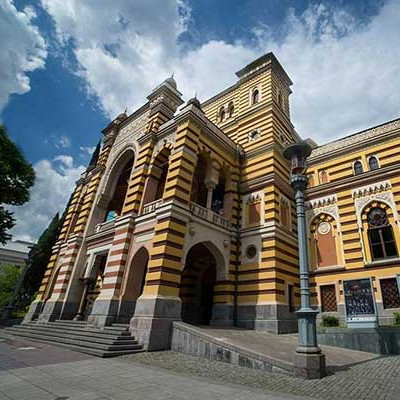
Georgian National Opera and Ballet Theater -a Neo-Moorish architectural style building stands on Rustaveli Avenue as one of the most impressive landmarks of Tbilisi.
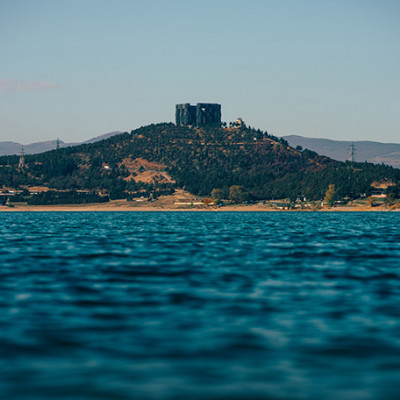
The Chronicle of Georgia, also known as the Memorial of Georgia Kings or Temka Memorial, is often referred to as the Stonehenge of Georgia. This remarkable monument overlooks Tbilisi and the Tbilisi Reservoir.
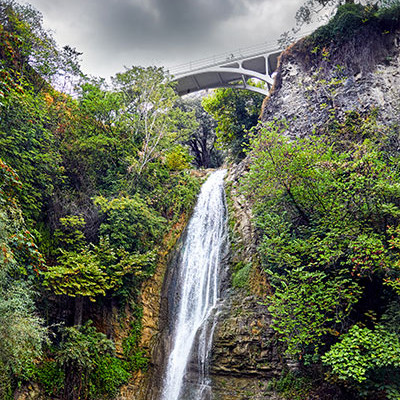
Located in Tbilisi on the foothills of Sololaki Range in the Tsavkisi-Tskali River Leghvtakhevi Gorge, National Botanical Garden of Georgia is a significant site of cultural heritage.
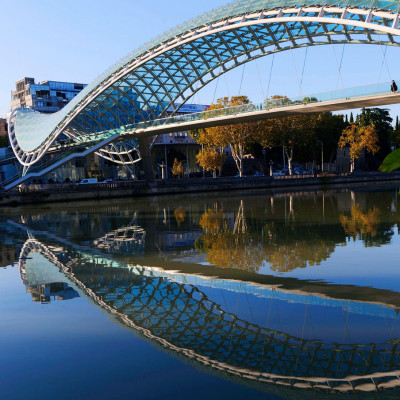
A contemporary, bow-shaped pedestrian bridge crafted from glass and steel spans the Mtkvari River, gracing the historic district of downtown Tbilisi, the capital of Georgia.
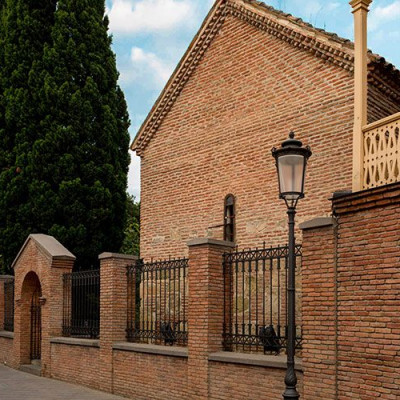
St. George's Royal District Church – Karis Eklesia - is located in Kala district, on a narrow street between the King Erekle II’ Square and Gabriadze Muppet Show tower.
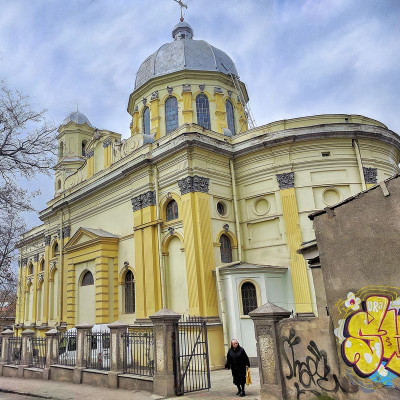
One of the two functioning Roman Catholic churches in Tbilisi is St. Peter & Paul church - an important Holy Place where Catholics can practice their religion and also a beautiful monument of 19-century architecture.
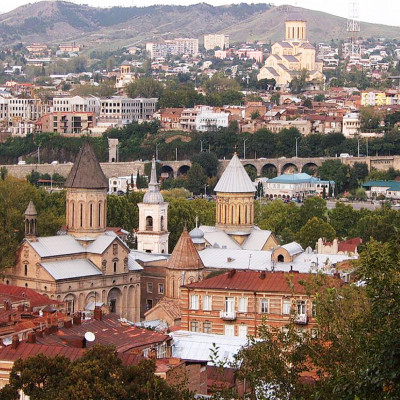
Armenian Church of the Annunciation, Norashen, stands in Old Tbilisi amidst Sioni Temple, a Jewish synagogue, a mosque for Sunni and Shiite Muslims, and an Armenian Apostolic Church
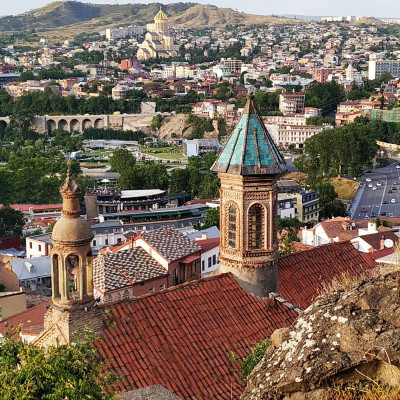
Kldisubani St. George church is a basilica located in Tbilisi historic district lower Kala, on a rocky slope nearby Narikala fortress.
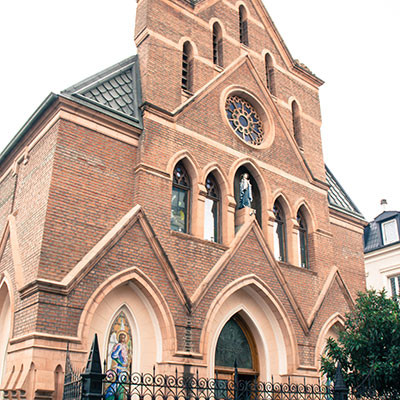
One of the most beautiful temples in Tbilisi-the Catholic Church of the Ascension of Virgin Mary serves as a seat of the Latin Apostolic Administration of Caucasus-created in 1993 with the decree Quo aptius.
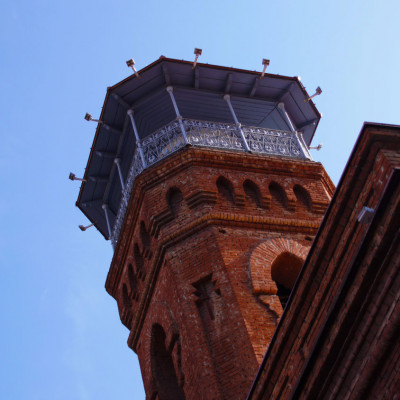
Tbilisi Central Jumah Mosque, draws the attention even from the far distance form Tbilisi Historic District by its eight angled Minaret of the brick, and is a distinguished as Sunni and Shia Muslims pray together.
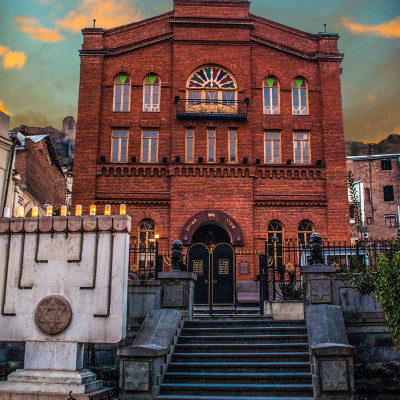
Great Synagogue of Tbilisi was built by Jews from Akhaltsikhe who migrated to Tbilisi in the late 19th century, thus the synagogue is also called the Synagogue of the People of Akhaltsikhe.
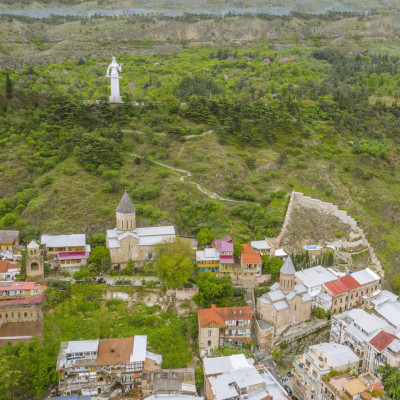
Lower Bethlehem, a proportionate, modestly decorated church complements Tbilisi's ancient district, seamlessly integrated into the cliff landscape. Accessible via a slope-hugging stair-street below the Kartli’s Deda monument
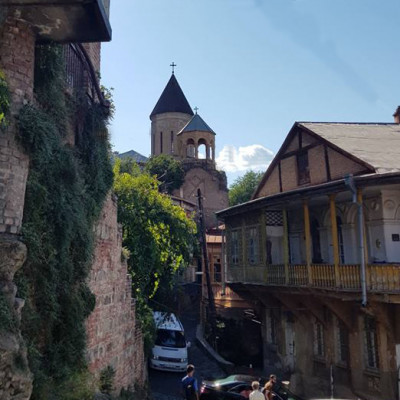
A charming path winds through the most picturesque streets of the Old City, leading to the Tbilisi Church of Upper Bethlehem (Zemo Betlemi). This church is crafted in the image and likeness of the Church of the Nativity in Bethlehem.
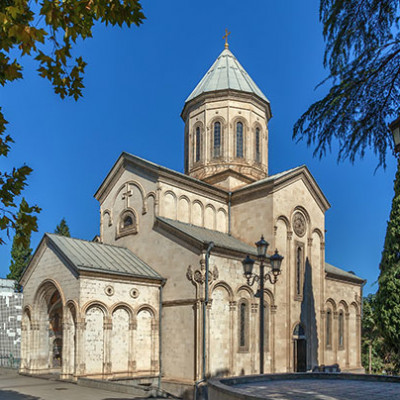
St. George Kashveti Church across Tbilisi Parliament building, is located on Rustaveli Avenue, in 9 April’s garden. It is copy of 11th c Samtavisi church architecture.
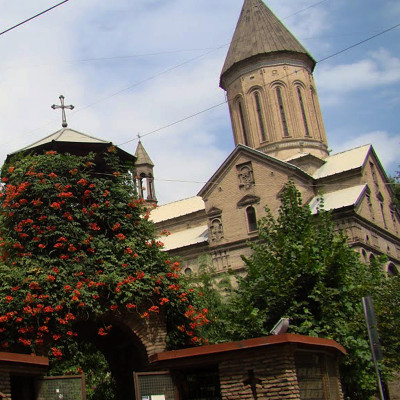
The Holy Cross Church, Jvaris Mama, at Kote Apkhazi and Jerusalem's intersection, is linked to the legend of King Vakhtang Gorgasali (5th c), the founder of Tbilisi.
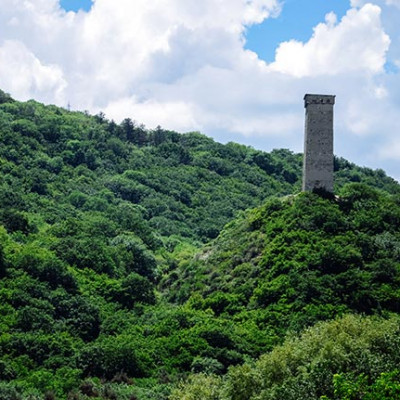
Open-air museum in Tbilisi is portraying daily lifestyle of Georgians through the centuries. 70 unique houses from 14 ethnographic zones are brought here from rural areas of Georgia.
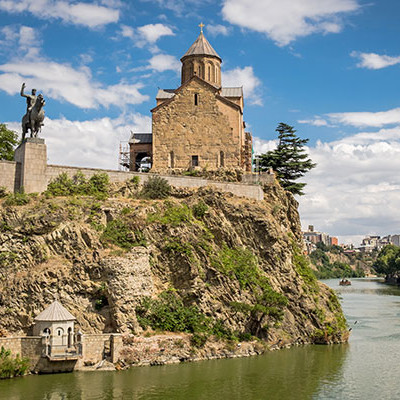
Metekhi St. Virgin Church is beautifully set on the cliff plateau of the left bank river Mtkvari. The first royal palace in Tbilisi was constructed here.
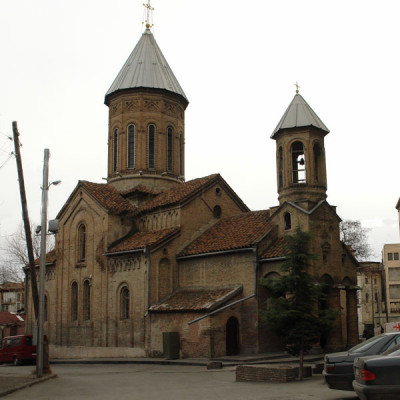
Old Sameba, the Holy Trinity church, stands as an architectural monument dating back to the 18th-19th c.c. Located near the National Parliamentary Library of Georgia, behind the National Museum, and in close proximity to Rustaveli Avenue, it holds historical significance in the heart of Tbilisi.
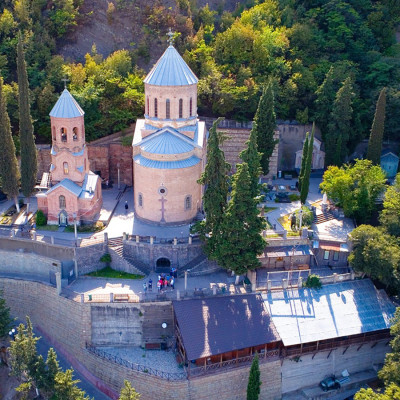
Mamadaviti Church is easy to spot from the center of Tbilisi. Located high up on the Mtatsminda hill, place is accessible with funicular or walking, and has a splendid view of the city.
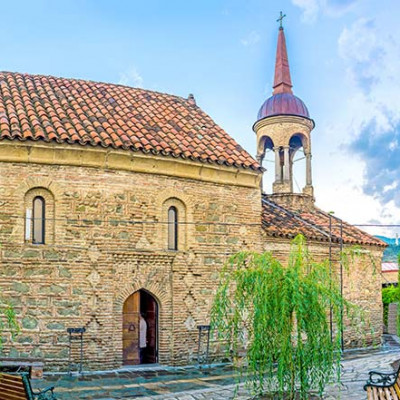
The court church of Transfiguration was attached to the Sachino royal residence on Avlabari ascent, Tbilisi. It is one of the few royal residences preserved in Georgia.
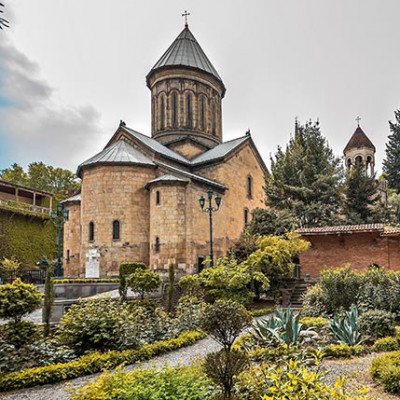
Sioni Cathedral of the Dormition is situated in one of the oldest districts of Tbilisi and is considered the greatest relic of Georgia, as vine cross of enlightener St. Nino is kept here.
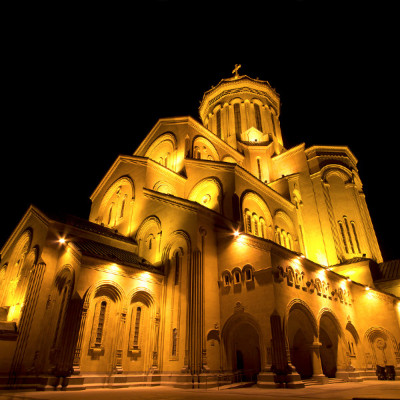
Tbilisi Sameba - the Holy Trinity Cathedral, one of the largest Orthodox churches, is located in Avlabari district, walking distance from the Old Town.
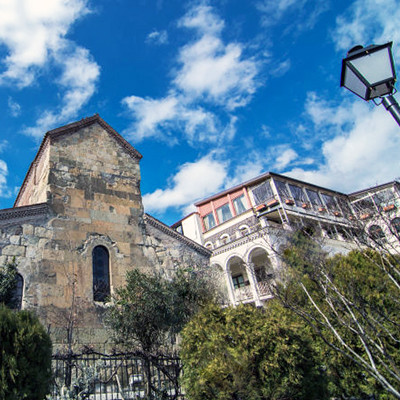
The Anchiskhati Basilica, located in the upper Kala district of Old Tbilisi, has a rich history dating from the 6th to the 17th century. This well-preserved ancient building was constructed by King Dachi Ujarmeli, making it a significant and enduring landmark in Tbilisi
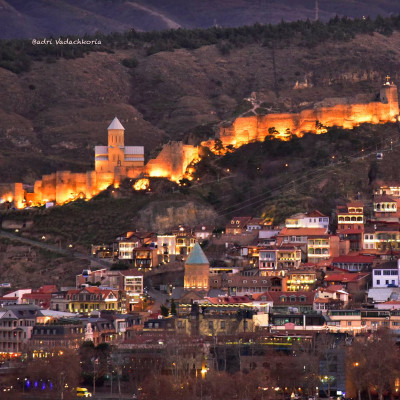
Narikala Fortress stands as the most prominent landmark in Tbilisi's historic district. Dating back to the 4th century, this citadel comprises two fortified sections nestled between the sulfur baths and the botanical garden.